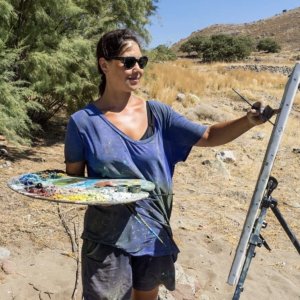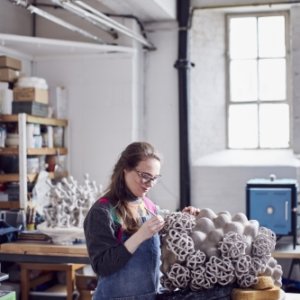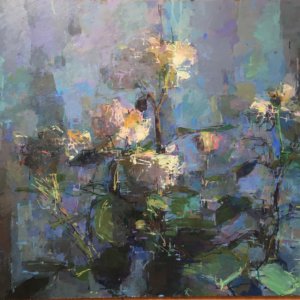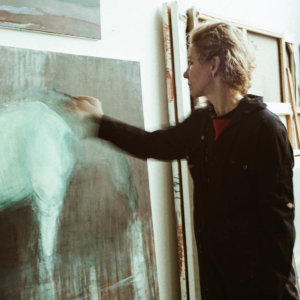Full Course Details
What topics does the course cover?
- Processes and techniques used in illustration
- Drawing Facial expressions
- Basic anatomy for drawing
- Drawing animals
- Tone/shading
- Creating and developing Characters.
- Narrative/sequential illustration
By the end of this course you will:
- Designed your own character.
- Learnt some illustration techniques.
- Learnt about different ways of incorporating your character into a narrative/sequence
- Have learnt some useful ways to create visual stories for your characters.
- Learnt some methods and techniques to enhance your drawings
- Gained helpful Tools/techniques to develop and create impactful and engaging characters for
What level is the course and do I need any particular skills?
Anyone who has an interest in illustration, Characters, Comics and cartoons should sign up. If students have some basic drawing/painting experience that’s great, but it’s not essential!
What will I be required to do during the online tutorials, and will I be required to do homework?
Students will be encouraged to share and discuss their art and thoughts and ideas on that week’s theme. A short Talk or Demo will be given each week; Students will learn methods and techniques with which they can then use to make their own work during the lesson. Classes will involve fun drawing exercises and opportunities to work on and develop ideas and techniques further. You can take notes if you wish. Homework is optional, and not a strict requirement in order to take part in the course. However, to get the most out of the learning experience, students are strongly encouraged to continue with the project set during lessons in their own time.
You will be sent a worksheet at the end of each session, which includes the ideas, and concepts we covered.
Materials
- You will need have at least a pen, pencil and paper for most of the assign. I recommend keeping a sketchbook during the course. You may like to have Pencils, pastels, felt tips, paint etc. at hand or any of your preferred art materials. If you draw using an app on your iPad that would also be suitable.
- Students may be asked to find and show examples of images on that weeks theme, which we will discuss in the class.
- For sessions 3 you will be asked to find and egg and other small 3-D household objects, such as toys or ornaments. These will be use as drawing aides.
- For session 4, if possible, you will need white/light colour and a black/dark colour in chalk, pastel or pencil. You will also need some kind of toned or coloured paper.
Notes about online meetings
For privacy and copyright reasons, all forms of recording of the presentations and lessons are strictly prohibited (audio, video, screen-grabs etc) – without the express permission of the tutor (for example when the tutor may occasionally instruct you to do so, as part of the learning exercise).
Please also note that presentations start exactly at start of the scheduled meeting. Due to the nature of hosting meetings over Zoom, no latecomers will be admitted. Therefore, please ensure you are on time. Usually meetings are open 30 mins in advance of their starting, which you welcome to sign into early.
The school or tutor cannot be responsible for students not being able to sign in on time, or for any internet connection problems on the students side.
Padlet
Students will be required to upload their work onto the Heatherley’s ‘Padlet’ account (a free online sharing and teaching platform). This will allow the tutor and other students to see work you produce, and for group discussions to occur. Details of this will be sent to you nearer the time of the start of the course. The tutor will show you how to use it, if you are not familiar with it. Access to a digital camera will be required for this (mobile phone is fine), in order to take photos of your work and upload it onto Padlet.
COURSE SCHEDULE & DESCRIPTION:
Session 1
Intro into Character design
In the first session we will start by introducing ourselves! I will ask everyone to find an image beforehand or character they like and talk about it.
I will give a short overview of the course: what’s covered in each lesson, technical aspects and homework.
We will usually have a fun drawing exercise in our sessions. It’s good a way to get the creative juices flowing!
In the session we will by experimenting with simple shapes and forms to create some quick characters.
I will be giving a short presentation looking at different examples characters design with an opportunity for discussion – what makes a good character?
For our main activity we will choose some of the doodles from the quick exercise and develop and refine them further, which will lead on to our next session
For the homework you could choose two characters from your sketches to develop for the next session.
Session 2
Form and Function:
In this session, using some simple but effective anatomy drawing techniques, we will be looking at ways to draw animals and people.
I’ll be giving a demo on drawing animals, how to construct them using simple forms and giving some useful tips
We will be using photos of animals as reference for our drawings. By deconstructing the subjects into simpler forms, it will help inform our drawing.
How do we create dynamic and expressive characters? In the last part of the session we will be focussing on posing our characters and figures and giving them movement and making them more dynamic.
The homework is to work on your own character or continue the exercises. This leads on to our next session.
Session 3
Caricatures and cartoons
In this session will be looking at some effective techniques for drawing faces and expressions. How we can use facial proportions to make things cute? and how to draw a face different angles.?
We will be creating a ‘character sheet’ of different expressions and poses for our characters.
There will a chance to discuss the homework assignment which is followed by a
short talk on the techniques used in caricature/cartooning and animation. Ranging from Da Vinci to Emojis!
In this session we will be practising drawing expressions using ourselves as the subject over our zoom chat! We will also be looking at and drawing the face from different angles or vantage points.
- In this session you will need an egg, simple 3D object or toy as the subject for your drawings.
The homework will be to find subjects to practice drawing expressions or continue working on your own character.
Session 4
Shading and tone
In this session we will look at how to develop a character by adding shading.
Shading and Tone can give our characters a more solid form and it can also be used to create dramatic effect.
As always we will share and discuss the previous session homework. There will be a short talk/demo on our topic and chance to discuss it further.
For our main exercise, using a light source use and an object (egg, toy etc.), we will investigate how and light and shadow affects a subject. How can we play with these effects to create drama and emotion in our characters or images?
To help us better understand tone we will be looking at some basic principles and methods. We will be simplifying images into only three tones. For this session you will need.
- Toned/coloured paper
- A Black/ dark colour – Charcoal, pencil, pen etc.
- A white/light colour – chalk, pastel or pencil etc.
Homework will be to continue to develop your character and continue to work on the techniques from our session.
Lesson 5
Sequential images
At this point we have now learnt some techniques and ideas to create characters, we will now try and put them in a scenario or short visual story.
In this session the presentation and discussion will be on about sequential images i.e. picture books, comics etc. You may want to find your own example to talk about in the class.
Hopefully by this stage you may have developed a character, or perhaps want to create a entirely new one! In this session we will be thinking about how a character might react to different environments and situations.
You will be using randomly generated prompts for the basis of your narrative and will be asked to create a three to four panel image or comic.
Session 6
Course review
In the last session we will be sharing the artwork you have made during the sessions and have the chance to discuss it and get feedback. You will also be free to continue using the time to draw and develop your ideas.
We will review all the areas we have covered and you will have to opportunity to ask any questions or raise any points you may have.
- What you feel you have got out of the course?
- What techniques or ideas do want to develop after the course?




